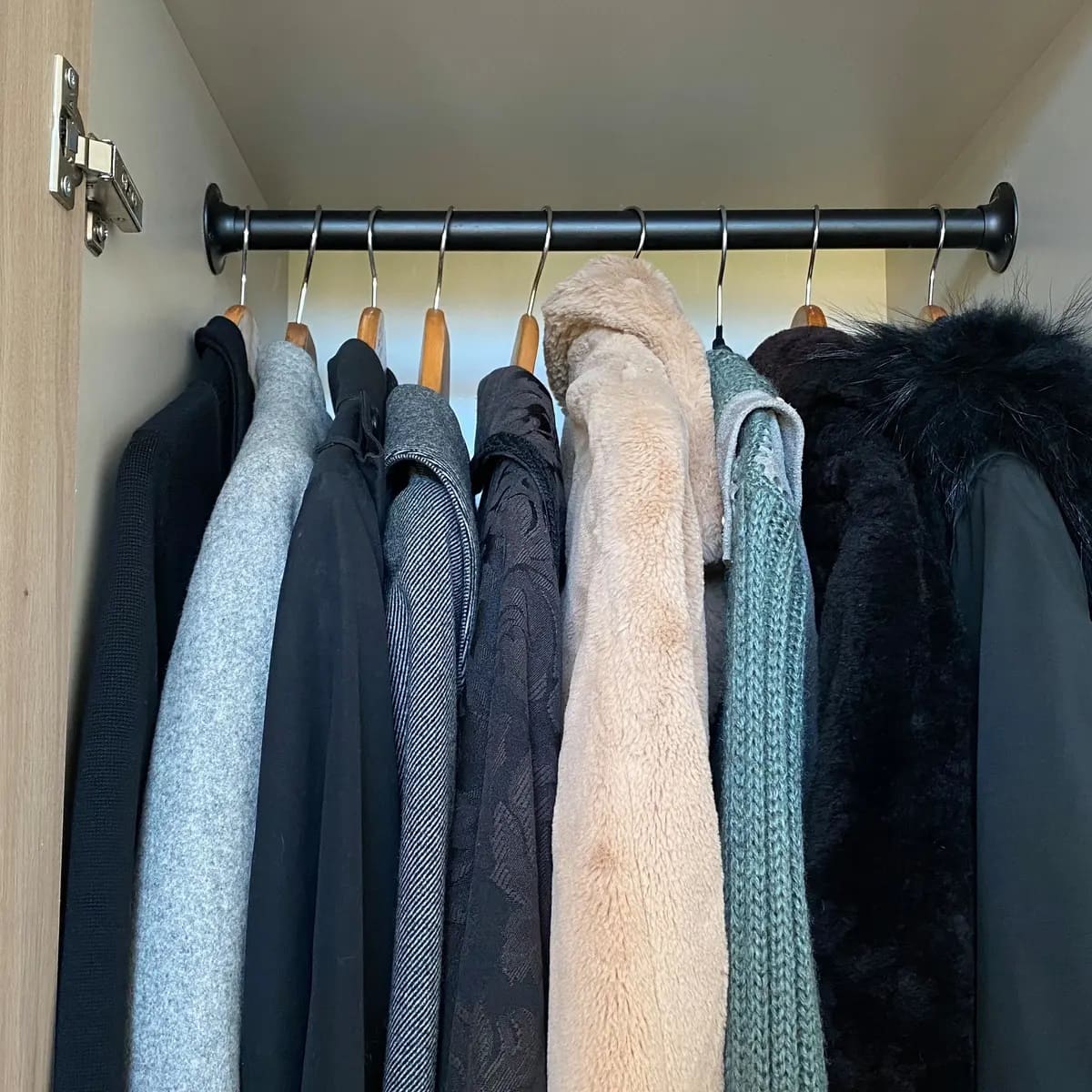

Articles
How To Store Coats
Modified: February 23, 2024
Learn how to properly store your coats and keep them in pristine condition with our informative articles.
(Many of the links in this article redirect to a specific reviewed product. Your purchase of these products through affiliate links helps to generate commission for Storables.com, at no extra cost. Learn more)
Introduction
Welcome to our comprehensive guide on how to store coats! As the seasons change, it’s crucial to properly store your coats to ensure their longevity and keep them in good condition. Whether you have a collection of stylish winter coats, heavy-duty parkas, or delicate wool coats, following the right storage techniques will help preserve their quality and ensure they’re ready to wear when the cold weather rolls around again.
Proper storage of coats involves more than just throwing them in a closet or stuffing them in a box. It requires careful consideration of the storage space, sorting and organizing your coats, cleaning and preparing them beforehand, selecting the right storage containers, protecting them from moths and pests, and maintaining the storage area.
In this guide, we will walk you through each step of the coat storage process, providing you with practical tips and expert advice. Whether you’re a fashion enthusiast who wants to maintain the pristine condition of your beloved coats or simply looking for ways to declutter and optimize your storage space, this article has got you covered.
So, let’s dive in and learn how to store coats effectively and efficiently, ensuring that they remain in excellent condition until the next winter season!
Key Takeaways:
- Properly storing coats involves choosing the right space, organizing by season and occasion, cleaning before storage, and protecting from moths and pests. Maintaining the storage area is essential for long-term preservation.
- Selecting the right storage containers, such as garment bags, boxes, or plastic containers, provides additional protection against dust, pests, and moisture. Regularly inspecting and airing out stored coats helps maintain their quality and condition.
Read more: How To Store A Mink Coat
Choosing the Right Storage Space
Before you start organizing and storing your coats, it’s important to select the right storage space. This will ensure that your coats are stored in a suitable environment that protects them from damage and deterioration.
Here are a few factors to consider when choosing the right storage space:
- Temperature: Coats are best stored in a cool, dry environment. Avoid places that experience extreme temperature fluctuations or high humidity, as these conditions can cause mold, mildew, or fabric damage. Ideally, the storage space should have a temperature range between 50°F and 70°F (10°C – 21°C).
- Lighting: Keep coats away from direct sunlight or harsh lighting, as prolonged exposure can cause fading and discoloration. If possible, choose a storage area that has minimal or controlled lighting.
- Air Circulation: Good air circulation helps prevent musty odors and maintains the freshness of your coats. Avoid storing coats in airtight containers or spaces with poor ventilation.
- Accessibility: Consider how easily you can access your stored coats. Opt for a space that allows you to quickly retrieve them when needed. This will save you time and eliminate the need to rummage through piles of stored items.
- Space Capacity: Assess the amount of space you’ll need to store your coats. Ensure that the chosen storage area has enough room to accommodate your coat collection without causing overcrowding or excessive compression. Coats should be stored in a way that allows them to retain their natural shape.
Based on these considerations, some suitable storage spaces for coats include:
- Closets or wardrobes: If you have a spare closet or wardrobe with sufficient space, this is an ideal storage option. Hang your coats on sturdy hangers, ensuring they have enough breathing room.
- Garment bags: Garment bags with proper ventilation and protection against dust are another excellent choice for storing coats. They provide an added layer of protection from external factors and are easily accessible.
- Boxes or plastic containers: For long-term storage or if you don’t have enough closet space, consider using boxes or plastic containers. Make sure they are clean, dry, and sturdy enough to protect your coats from dust, pests, and moisture.
By carefully selecting the right storage space, you can establish a suitable environment that helps maintain the quality and condition of your coats during their time in storage.
Sorting and Organizing Coats
Once you have chosen the appropriate storage space, the next step is to sort and organize your coats. This step is essential for easy accessibility, maintaining the condition of your coats, and maximizing your storage space.
Here are some tips to help you sort and organize your coats effectively:
- Seasonal Classification: Sort your coats based on the seasons they are suitable for. This will make it easier to rotate and access them when needed. Separate your winter coats from your transitional or lightweight jackets.
- By Occasion or Usage: Consider organizing your coats by occasion or usage. For example, you can have a section for formal coats that are worn for special events and another section for everyday coats that are more casual and versatile.
- Size and Length: Arrange your coats by size and length. This will ensure that longer coats don’t overwhelm shorter ones and that you can easily find coats that fit you properly. Consider hanging longer coats on higher rods or using dividers to separate them from shorter coats.
- Color Coordination: If you’re a fan of aesthetics and visual appeal, you can also organize your coats by color. This adds a touch of elegance to your storage space and makes it easier to find specific colors for specific outfits.
- Labeling: Use labels or tags to indicate the contents of each section or storage container. This will help you quickly identify specific coats without having to go through each one.
- Purge Unwanted Coats: Take this opportunity to declutter your coat collection. If you have coats that no longer fit or are in poor condition, consider donating or discarding them. This will free up space and ensure that only coats you actually wear are stored.
By implementing these sorting and organizing techniques, you can create a well-structured storage system that facilitates easy access to your coats and keeps them in pristine condition. Remember, an organized coat collection not only saves you time but also helps you enjoy the full benefits of each coat you own.
Properly Cleaning and Preparing Coats for Storage
Before storing your coats, it’s crucial to clean and properly prepare them. This step helps remove any dirt, stains, or odors and ensures that your coats maintain their quality and freshness during storage.
Follow these steps to clean and prepare your coats for storage:
- Read the Care Label: Check the care label on your coats for specific cleaning instructions. Different materials and fabrics may require different cleaning methods. Follow the manufacturer’s recommendations to avoid damaging your coats.
- Dry Cleaning: If your coats require professional dry cleaning, take them to a reputable dry cleaner. This will ensure they are thoroughly cleaned and free from any stains or odors that may attract pests during storage.
- Spot Cleaning: For coats that can be spot cleaned, gently remove any stains or spots using a mild detergent or spot cleaner. Use a clean cloth or sponge and follow the instructions provided by the product.
- Remove Accessories: Before storing your coats, remove any detachable accessories like belts, fur trims, or removable hoods. These accessories can be stored separately in a small bag or container and attached back to the coat when needed.
- Proper Drying: Ensure that your coats are completely dry before storing them. Hang them on a hanger or lay them flat on a clean surface in a well-ventilated area. Avoid storing damp or wet coats, as this can result in mold or mildew growth.
- Use Protective Layers: Consider using breathable garment covers or cotton sheets to protect your coats from dust while allowing air circulation. Avoid using plastic covers, as they can trap moisture and lead to mold or mildew.
- Apply Moth Repellents: To protect your coats from moths and pests, place moth repellents such as cedar balls, lavender sachets, or mothballs in the storage area. These natural repellents will help deter pests and keep your coats safe.
By thoroughly cleaning and preparing your coats for storage, you eliminate any potential risks of stains, odors, or damage. This ensures that when you retrieve your coats for the next season, they’ll be fresh, clean, and ready to wear!
Selecting the Right Storage Containers
Choosing the appropriate storage containers is essential for preserving the quality and condition of your stored coats. The right containers will protect your coats from dust, pests, and moisture, ensuring they remain in excellent shape for future use.
Consider the following factors when selecting storage containers for your coats:
- Material: Opt for containers made of breathable materials such as fabric, canvas, or natural fibers. These materials allow air circulation and prevent moisture buildup, reducing the risk of mold or mildew growth.
- Size: Select containers that are suitably sized for your coats. Avoid containers that are too tight, as they can compress the coats and cause unnecessary wrinkling or damage. Ensure there is enough space for your coats to retain their shape.
- Dustproof: Look for containers that have dustproof features such as zippered closures or airtight seals. This will prevent dust and debris from settling on your coats during storage.
- Clear or Labeled: Consider using clear containers or labeling your containers with the contents. This makes it easy to identify and locate specific coats without having to open each container.
- Stackable: If you have limited storage space, opt for stackable containers. These containers maximize vertical space and allow for efficient organization. Ensure the containers are sturdy and can safely support the weight of other containers stacked on top.
- Pest Protection: If you live in an area prone to pests, choose containers that offer additional pest protection. Look for containers with integrated pest repellents like cedar panels or containers that allow you to place moth repellents inside.
- Accessibility: Consider how easily you can access your coats from the containers. Look for containers with easy-to-use closures and handles for convenient retrieval.
By selecting the right storage containers, you can safeguard your coats from potential damage and create an organized storage system. These containers will provide the necessary protection and ensure that your coats are in great condition when the time comes to wear them again.
Read more: How To Store A Fur Coat
Storing Coats in Closets or Wardrobes
If you have available closet or wardrobe space, storing your coats in these areas can be a convenient and effective option. Here are some tips for properly storing your coats in closets or wardrobes:
- Clear Out Space: Before storing your coats, remove any unnecessary items from the closet or wardrobe to create ample space. This will prevent overcrowding and allow your coats to hang freely without being crushed or wrinkled.
- Use Sturdy Hangers: Invest in sturdy hangers to hang your coats. Avoid using wire hangers or flimsy plastic hangers, as they can cause stretching or deformity in the shoulders of your coats. Consider using wide-shoulder hangers to maintain the shape and structure of your coats.
- Separate by Season or Type: Organize your coats by season or type to make it easier to locate specific coats when needed. Hang your winter coats separately from your lighter jackets or transitional coats.
- Allow for Breathing Space: Avoid overcrowding the hangers. Allow enough space between each coat to prevent them from touching or overlapping. This will help maintain the integrity of the fabric and prevent wrinkling.
- Arrange by Length: If you have coats of varying lengths, arrange them accordingly. Hang longer coats towards the back or bottom of the closet, and shorter coats towards the front or top. This will create a visually appealing and organized display.
- Protect from Dust: If your closet or wardrobe is prone to dust accumulation, consider covering your coats with breathable garment covers. These covers will shield your coats from dust while allowing air circulation.
- Monitor Humidity Levels: Keep an eye on the humidity levels in your closet or wardrobe. Excessive humidity can lead to mold or mildew growth. Consider using moisture-absorbing products like silica gel packets or dehumidifiers to maintain an optimal environment.
By storing your coats in closets or wardrobes, you can easily access and maintain the condition of your coats. Ensure proper organization and optimal hanging conditions to keep your coats in excellent shape for the next wear.
Store coats in a cool, dry place away from direct sunlight to prevent fading and damage. Use padded hangers to maintain their shape and avoid overcrowding to prevent wrinkles.
Storing Coats in Garment Bags
Garment bags provide an extra layer of protection and are an excellent option for storing coats, especially if you want to keep them separate from other clothing items. Here are some tips for storing coats in garment bags:
- Choose Breathable Garment Bags: Opt for garment bags made of breathable materials, such as cotton or canvas. These materials allow air circulation, preventing moisture buildup and keeping your coats fresh.
- Make Sure They Fit: Use garment bags that are appropriately sized for your coats. Avoid using bags that are too tight, as this can cause creasing or distortion. Your coats should have enough space to hang freely without being cramped.
- Hang Coats Properly: Place your coats on sturdy hangers and hang them inside the garment bags. Make sure the coats are properly aligned and the hangers are securely fastened. Avoid overstuffing the bags, as this can lead to wrinkling or damage.
- Zip Up the Bags: When closing the garment bags, ensure that they are fully zipped up. This will protect your coats from dust, pests, and other potentially damaging elements. Check that the zippers are in good condition and functioning properly.
- Label the Bags: If you have multiple garment bags, consider labeling them to easily identify the contents. This can be helpful if you have coats for different seasons or occasions.
- Store in a Clean Area: Find a clean and dry area to hang your garment bags. Avoid storing them in damp or humid places, as this can promote mold growth or cause musty odors.
- Protect from Moths and Pests: To further protect your coats from moths and pests, place moth repellents such as cedar chips or lavender sachets inside the garment bags. These natural repellents help keep pests at bay.
- Regularly Check and Air Out: Periodically check your stored coats and air out the garment bags. This allows for fresh air circulation and helps prevent any unpleasant odors or moisture accumulation.
Storing your coats in garment bags provides an added layer of protection while keeping them organized and easily accessible. Follow these tips to ensure that your coats remain in excellent condition until you’re ready to wear them again.
Storing Coats in Boxes or Plastic Containers
If you have limited closet space or prefer a more compact storage solution, storing your coats in boxes or plastic containers can be a practical choice. Here are some tips for storing coats in boxes or plastic containers:
- Choose the Right Containers: Select durable boxes or plastic containers that are clean, dry, and sturdy. Opt for containers that are appropriately sized to accommodate your coats without being too tightly packed. Ensure that the lids fit securely to keep out dust, pests, and moisture.
- Proper Folding: Fold your coats carefully to minimize creasing. Start by laying the coat flat with the sleeves extended. Fold the coat in half lengthwise, then fold it in half again. Place the folded coat inside the container, ensuring it lies flat and is not tightly compressed.
- Separate by Layer: Consider layering your coats within the container to maximize space. Place a layer of tissue paper or clean cotton sheets between each coat to prevent them from rubbing against each other and minimize the risk of wrinkles or damage.
- Label the Containers: Label each container with the contents or the season/type of coats stored inside. This will make it easier to locate specific coats without having to open all the containers.
- Stacking: If you have multiple containers, stack them properly to save space. Ensure that the heaviest containers are at the bottom, and avoid stacking too high to prevent the risk of instability.
- Store in a Dry Area: Find a suitable storage area that is dry, well-ventilated, and protected from extreme temperatures. Avoid areas prone to moisture, such as basements or attics, as they can lead to mold, mildew, or fabric damage.
- Protect from Pests: Place mothballs or cedar blocks in the storage area to deter moths and other pests that may damage your coats. Be cautious when using mothballs and ensure they are not in direct contact with the coats, as they can leave an unwanted odor or residue.
- Regular Checkups: Periodically check on your stored coats to ensure they remain in good condition. Inspect for any signs of moisture, pests, or damage. If necessary, air out the containers or refresh the moth repellents.
Storing coats in boxes or plastic containers offers an effective and space-saving solution while keeping your coats protected. By following these tips, you can maintain the quality and longevity of your coats until you need them again.
Protecting Coats from Moths and Pests
Moths and other pests can wreak havoc on your stored coats, causing irreparable damage. To keep your coats safe, it’s important to implement proper measures to protect them from these pesky intruders. Here are some tips to protect your coats from moths and pests:
- Clean Before Storage: Ensure that your coats are thoroughly cleaned before storing them. Moths and pests are attracted to food stains, body oils, and perspiration residues. Cleaning your coats removes these attractants, reducing the likelihood of infestation.
- Use Moth Repellents: Place natural moth repellents such as cedar balls, lavender sachets, or cypress chips in your storage area. These repellents emit scents that moths find unpleasant, deterring them from nesting or laying eggs on your coats.
- Avoid Mothballs: While mothballs are effective in repelling moths, they can leave behind a strong, lingering odor that can be difficult to eliminate. If you choose to use mothballs, be sure to keep them away from direct contact with your coats and air out the storage area before retrieving your coats.
- Regularly Inspect: Regularly inspect your stored coats for any signs of moth or pest infestation. Look for small holes, larvae, or casings, which are indications of moth activity. If you spot any signs, take immediate action to prevent further damage.
- Freeze Treatment: If you suspect moth activity or want to be extra cautious, you can freeze your coats to kill any moth eggs or larvae. Place the coats in a sealed plastic bag and leave them in the freezer for a minimum of 48 hours. This effectively eliminates any pests without causing harm to the fabric.
- Keep Storage Area Clean: A clean storage area is less attractive to pests. Regularly vacuum or sweep the storage area to remove any dust, debris, or potential food sources that might attract pests.
- Avoid Clutter: Avoid storing other items like food, fabrics, or woolen materials near your coats. These can attract pests and increase the likelihood of infestation.
- Air Out Your Coats: Every few months, take your coats out of storage and air them out in a well-ventilated area. This allows fresh air to circulate and discourages moth or pest activity.
By implementing these protective measures, you can safeguard your coats from moths and pests. Regular vigilance and proper maintenance will help ensure that your coats remain in pristine condition and ready to wear when the cold weather returns.
Read more: How To Store Wool Coats
Maintaining the Storage Area
To ensure the long-term preservation of your coats and to keep them in optimal condition, it’s important to maintain the storage area. Proper maintenance helps to prevent issues such as moisture buildup, dust accumulation, and pest infestation. Here are some tips for maintaining the storage area:
- Regular Cleaning: Clean the storage area periodically to remove dust and debris. Wipe down shelves, vacuum or sweep the floor, and ensure that the area remains free from dirt and dust.
- Control Humidity Levels: Excessive moisture can lead to mold, mildew, and fabric damage. Use dehumidifiers or moisture-absorbing products to maintain optimal humidity levels in the storage area. Avoid storing coats in areas prone to high humidity or dampness.
- Monitor Temperature: Fluctuations in temperature can affect the condition of your coats. Aim to keep the storage area at a stable temperature range, ideally between 50°F and 70°F (10°C – 21°C).
- Check for Leaks: Regularly inspect the storage area for any signs of leaks or water damage. Address any leaks promptly to prevent moisture from seeping into the area and causing damage to your coats.
- Maintain Good Ventilation: Ensure proper air circulation in the storage area by opening windows or using fans. Good ventilation helps prevent musty odors and maintains a fresh environment for your coats.
- Inspect for Pest Infestation: Regularly check for signs of pests such as moths, rodents, or insects. Look for droppings, nests, or any visible damage. If you notice any infestation, take immediate action to eliminate the pests and protect your coats.
- Replace Moth Repellents: Monitor and replace moth repellents regularly to ensure their effectiveness. Over time, the scents of natural repellents like cedar balls or lavender sachets may fade, reducing their ability to deter pests.
- Proper Storage Rotation: Rotate your stored coats periodically to avoid excessive pressure on certain areas. This prevents the formation of permanent creases and ensures that all parts of the coats receive equal exposure to air and light.
- Reassess Storage Needs: Occasionally reassess your coat storage needs. If you find that certain coats are not being used or have become damaged, consider donating or discarding them to free up space and maintain an organized storage area.
By following these maintenance tips, you can create an ideal storage environment for your coats, preventing damage and ensuring their longevity. Regular upkeep will help keep your coats in excellent condition, ready to be worn with style and comfort.
Frequently Asked Questions (FAQs)
Here are some frequently asked questions about storing coats:
-
Can I store coats in plastic garment bags?
Yes, you can store coats in plastic garment bags. However, it’s important to make sure the bags are made of breathable materials or have proper ventilation to prevent moisture buildup. -
Can I store coats in the basement or attic?
It is not recommended to store coats in the basement or attic unless they are properly climate-controlled. These areas are prone to temperature fluctuations, dampness, and pests, which can damage your coats. -
Should I use scented sachets or cedar blocks to repel moths?
You can use scented sachets or cedar blocks to repel moths. Both options are effective in deterring moths. However, be cautious with scented sachets as some scents may transfer onto your coats. -
What should I do if I find moth damage on my coats?
If you find moth damage on your coats, take immediate action to prevent further infestation. Remove and isolate the affected coats, vacuum the storage area thoroughly, and consider using moth repellents or professional moth extermination services. -
Can I use regular hangers to store coats?
It’s best to use sturdy hangers, such as wide-shoulder hangers, to properly support the weight and shape of your coats. Avoid using flimsy or wire hangers, as they can cause stretching or distortion in the shoulders of your coats. -
How often should I check on my stored coats?
It is recommended to check on your stored coats every few months. This allows you to assess their condition, ensure proper ventilation, and address any potential issues, such as pest infestation or moisture buildup. -
Can I store coats in vacuum-sealed bags?
Vacuum-sealed bags are not recommended for long-term coat storage. They can compress the coats, leading to wrinkles and loss of shape. It is best to use breathable storage solutions that allow for adequate air circulation. -
Should I store coats with mothballs?
While mothballs effectively repel moths, they can leave an undesirable odor on your coats. If you choose to use mothballs, be cautious and keep them away from direct contact with the coats. Air out the storage area before removing your coats to reduce odors.
These FAQs provide answers to some common concerns regarding coat storage. If you have any additional questions or specific concerns, it’s always best to consult with experts or professionals to ensure the proper care and storage of your coats.
Conclusion
Properly storing your coats is crucial for preserving their quality, maintaining their condition, and ensuring they are ready to wear when the cold weather returns. By following the steps outlined in this comprehensive guide, you can effectively store your coats while maximizing space and protecting them from damage.
Choosing the right storage space, whether it’s a closet, wardrobe, or dedicated storage area, sets the foundation for successful coat storage. Sorting and organizing your coats based on season, occasion, size, and color makes it easier to locate specific coats and maintain an organized storage system.
Before storing your coats, it’s essential to clean and prepare them properly. This includes dry cleaning if necessary, spot cleaning, and ensuring that your coats are completely dry before storage. Selecting the right storage containers, such as garment bags, boxes, or plastic containers, provides additional protection against dust, pests, and moisture.
To ensure the longevity of your coats, take the necessary precautions to protect them from moths and pests. Make use of natural moth repellents, regularly inspect for infestations, and address any signs of damage promptly. Maintaining the storage area by controlling humidity levels, cleaning regularly, and monitoring temperature promotes a healthy environment for your coats.
In conclusion, by implementing the tips and techniques outlined in this guide, you can store your coats effectively, ensuring they remain in excellent condition and ready to be enjoyed in future seasons. So, take the time to properly store your coats, and you’ll be rewarded with a collection that lasts for years to come.
Frequently Asked Questions about How To Store Coats
Was this page helpful?
At Storables.com, we guarantee accurate and reliable information. Our content, validated by Expert Board Contributors, is crafted following stringent Editorial Policies. We're committed to providing you with well-researched, expert-backed insights for all your informational needs.




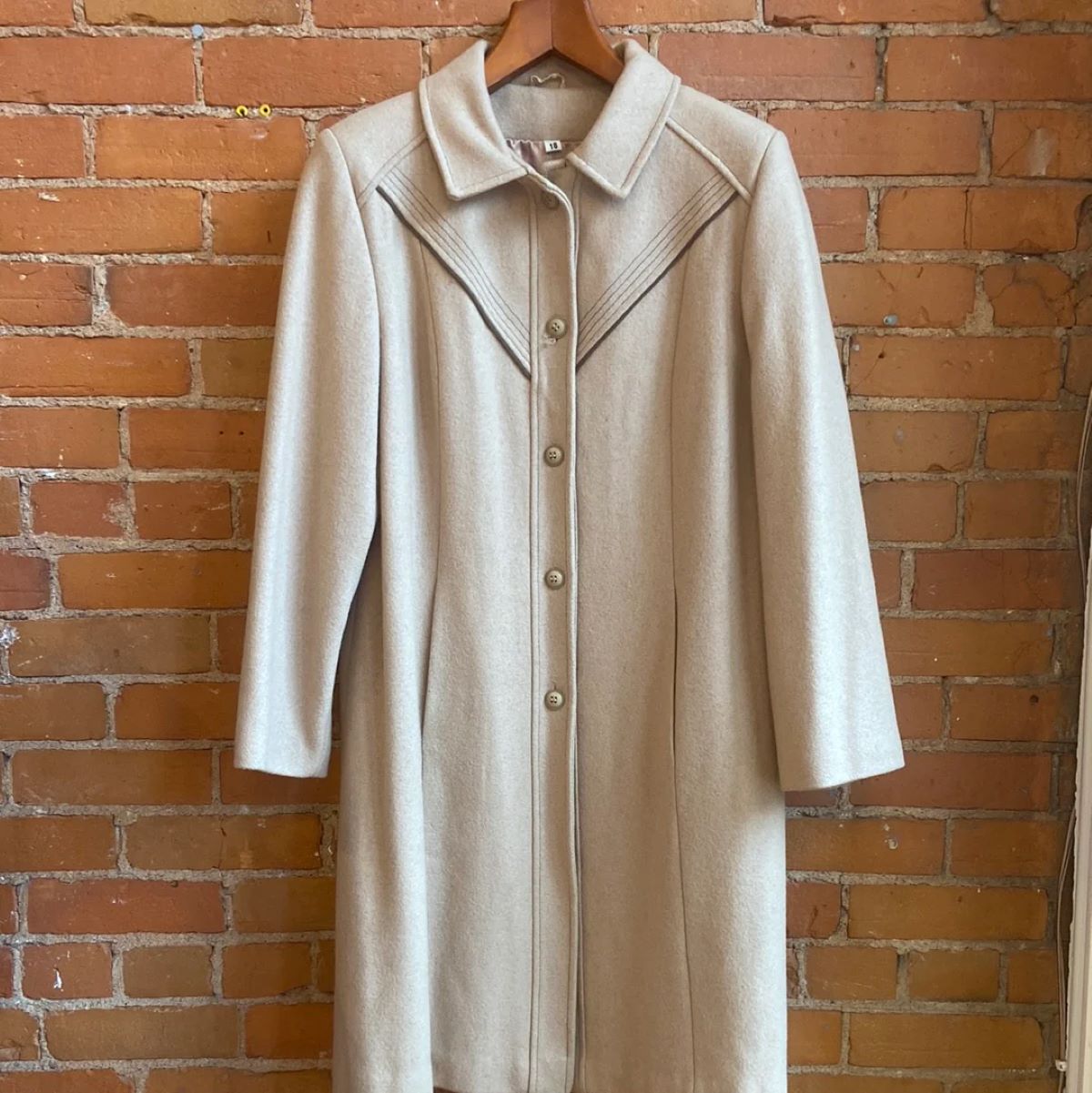



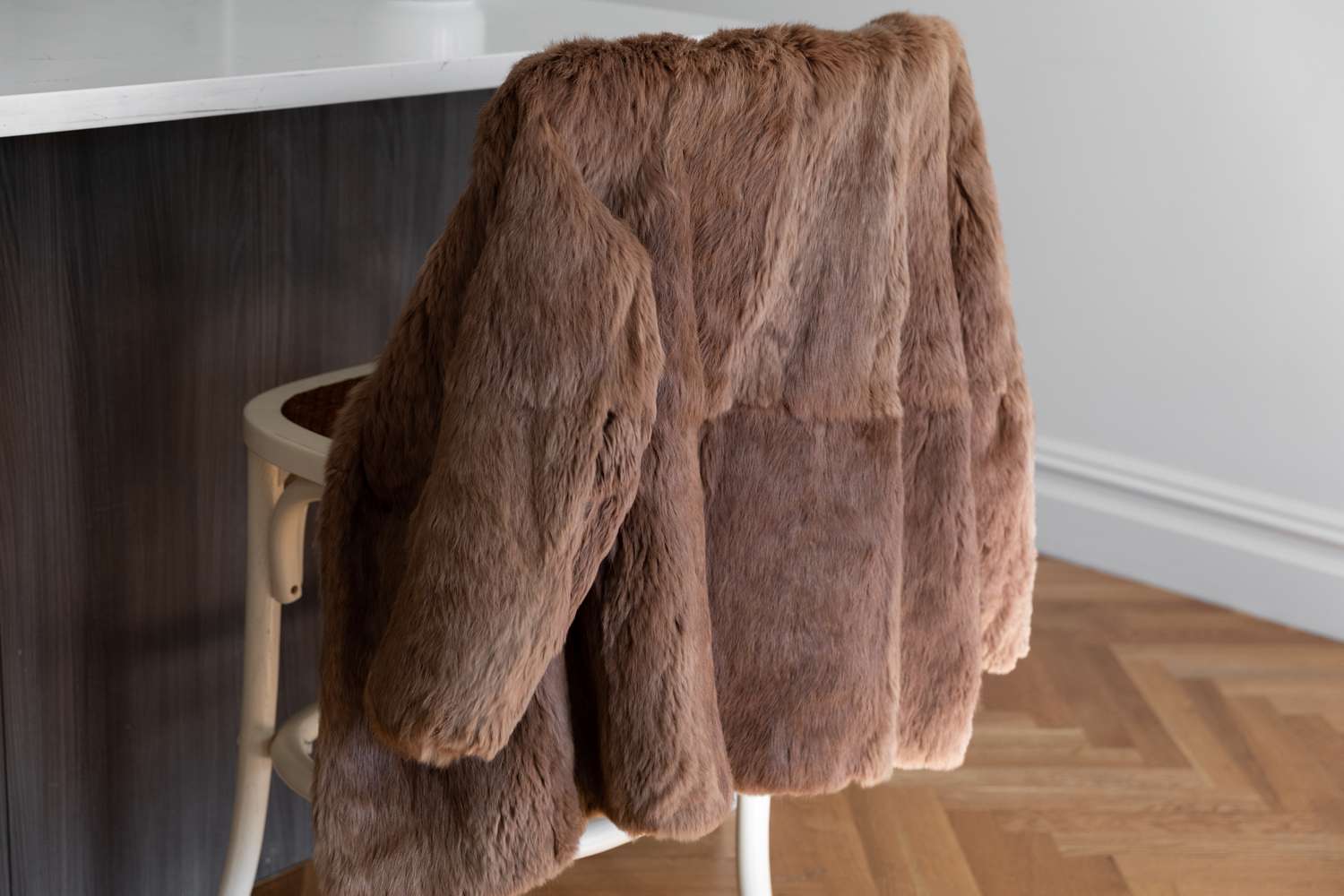
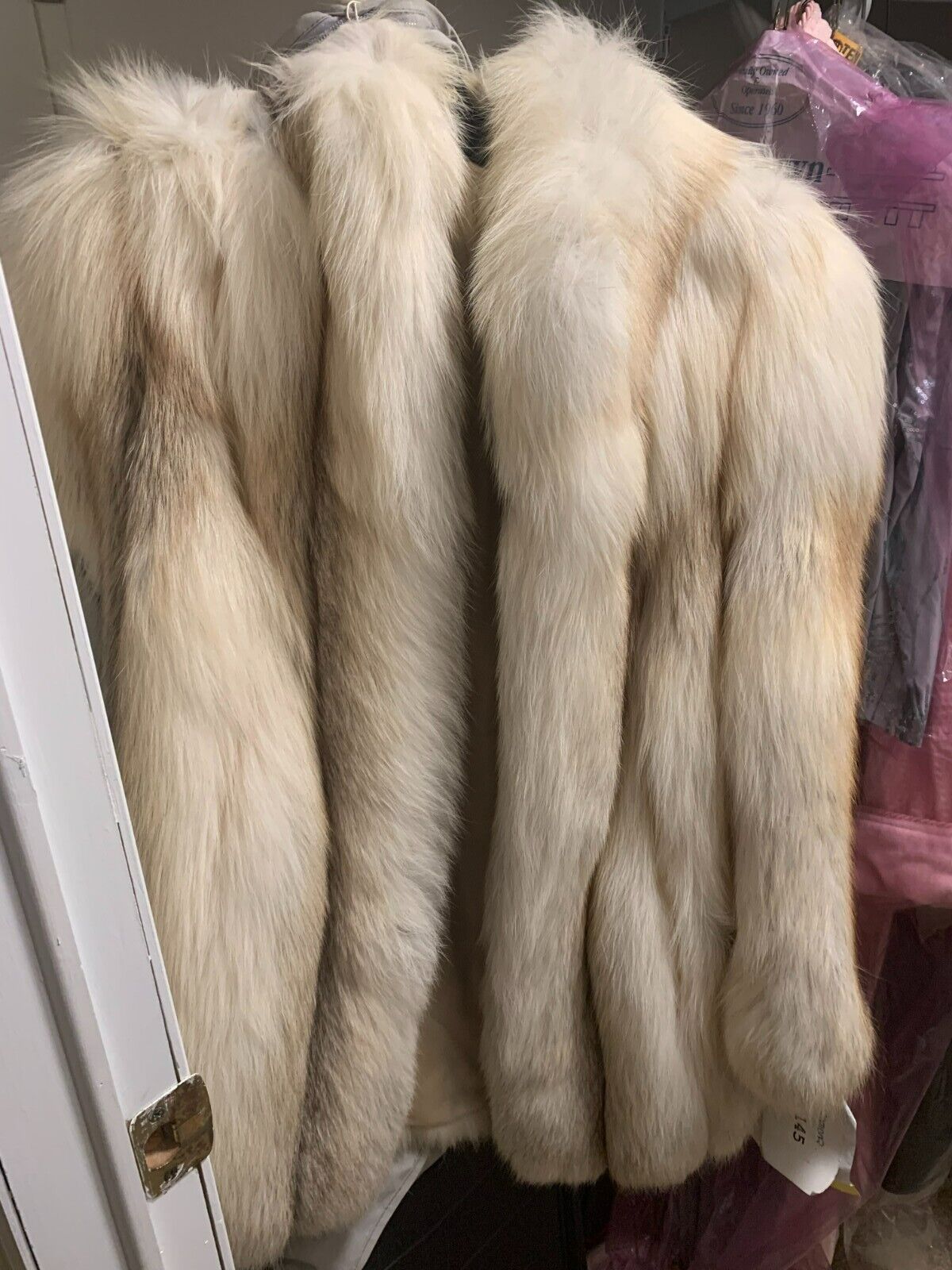

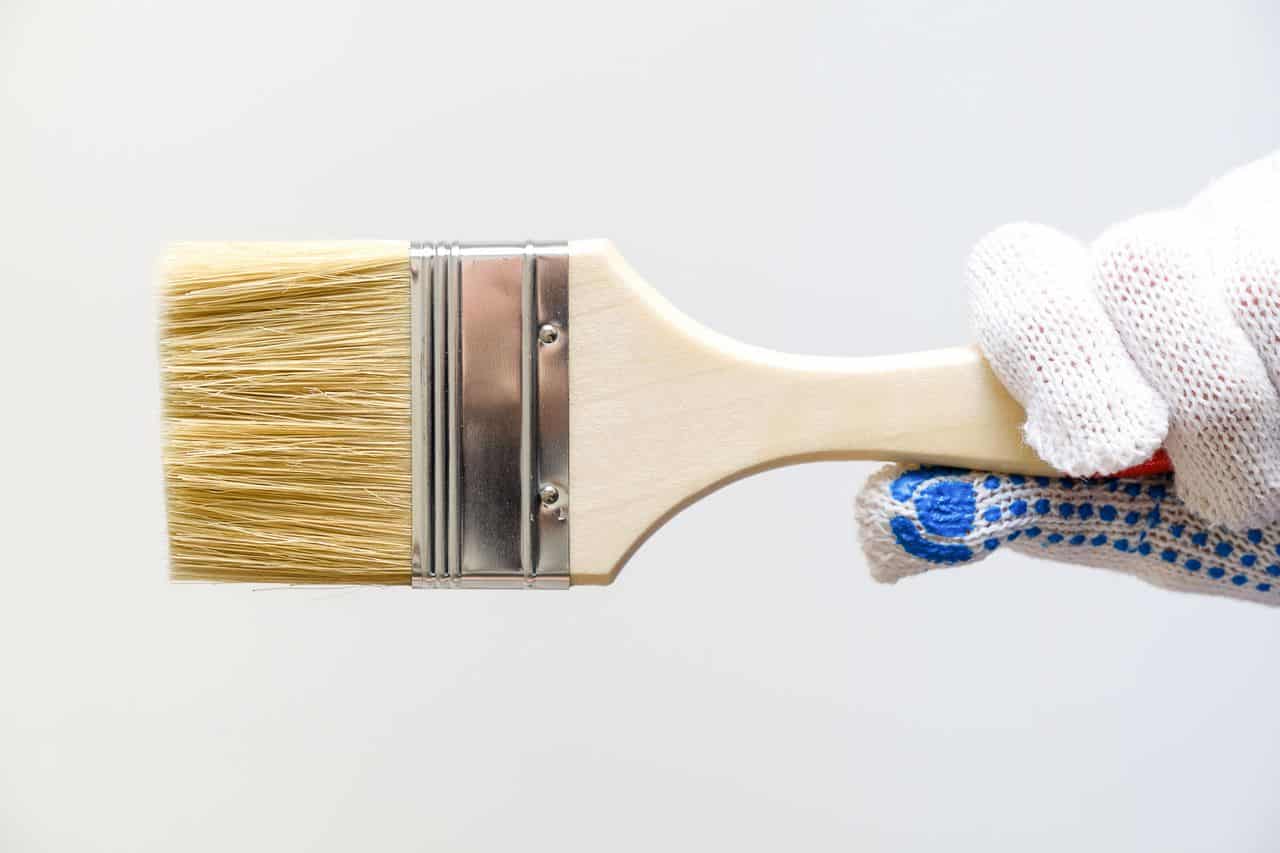
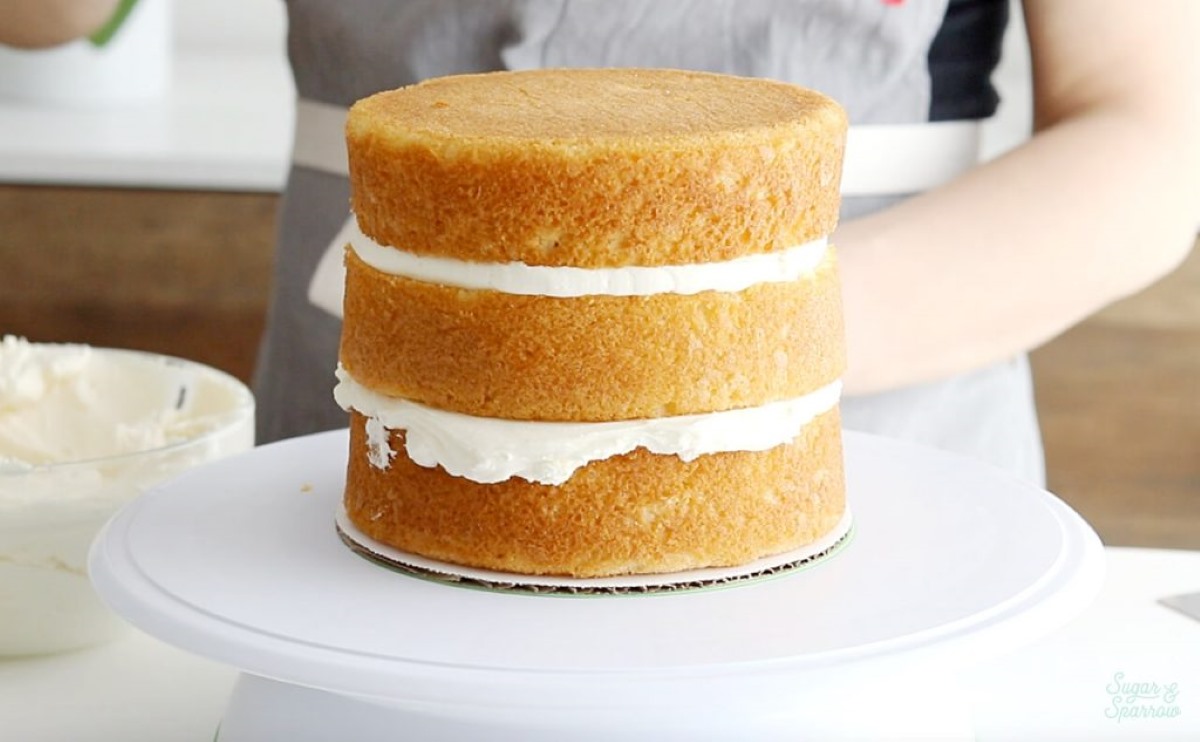

0 thoughts on “How To Store Coats”